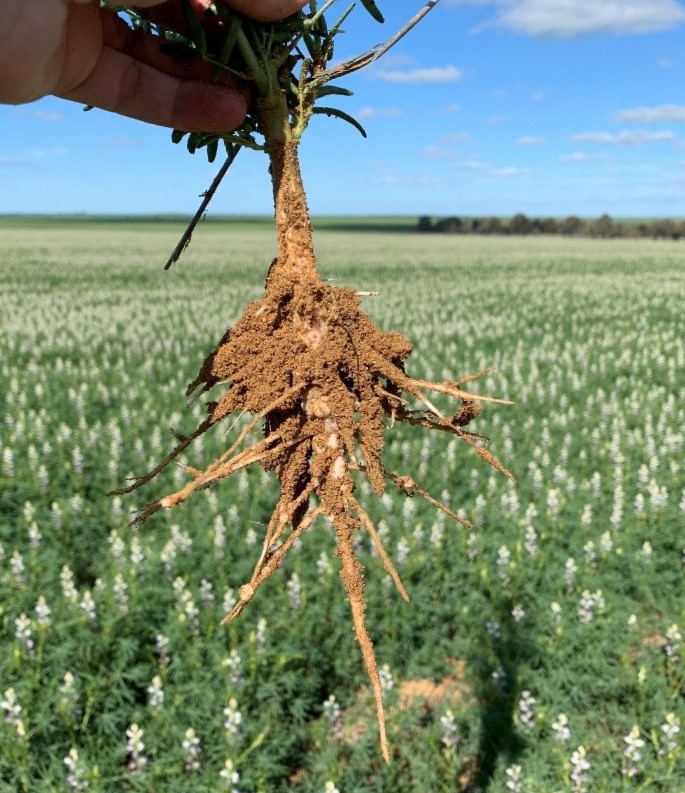We all know soil biology is important for healthy soils but measuring and analysing data can be confusing for both farmers and scientists. Late last year, we were pleased to be invited to join an esteemed group of partners in developing soil biology metrics to help improve soil biological performance and agricultural productivity.
The 3-year project is working alongside GDRC/SARDI, Northern Grower Alliance, Central West Farming Systems Incorporated (CWFS), Birchip Cropping Group Incorporated (BCG), Griffith University and Southern Cross University. Our role is to provide samples from selected trial sites throughout the Wheatbelt.
How The Wheatbelt Is Contributing to Soil Biology Science
Three Wheatbelt farms are contributing to five experimental site locations across Western Australia, South Australia, Victoria and New South Wales.
The farms selected use different management practices that are likely to affect the soil biology and crop response.
The project will apply a range of biology metrics that are indicators of soil health, such as the composition of the microbial population, the functions they perform and microbial food source. The research will then assess their impact on outcomes such as crop yield, soil structure or nutrient availability.
Samples will be taken across broad special and temporal scales to determine whether the relationship between indicators and functions can be generalised or whether they are only site-or seasonally specific.
What Is The End Game?
The benefits of this partnership are substantial. From this research, we will have:
- Improved knowledge and use of soil microbial indicators to drive agronomic decision-making to increase agricultural productivity and resilience to environmental stresses such as drought;
- Ability to provide improved on-farm decision making
- Improved ability of growers to assess the sustainability of their current management practices;
- Increased productivity and resilience of agricultural systems to stresses, and;
- Improve biological health of Australian soils
What Does That Mean For Wheatbelt Farmers?
The legacy value of this project to the Australian farming community is likely to be significant, this project will not only provide guidance on the use of soil biology metrics (which most farmers are interested in but have little practical knowledge of) but will also provide a testing platform to utilise these tests through commercialisation of Soil CRC intellectual property generated during the project.
This project is supported by funding from the Australian Government’s National Landcare Program.


